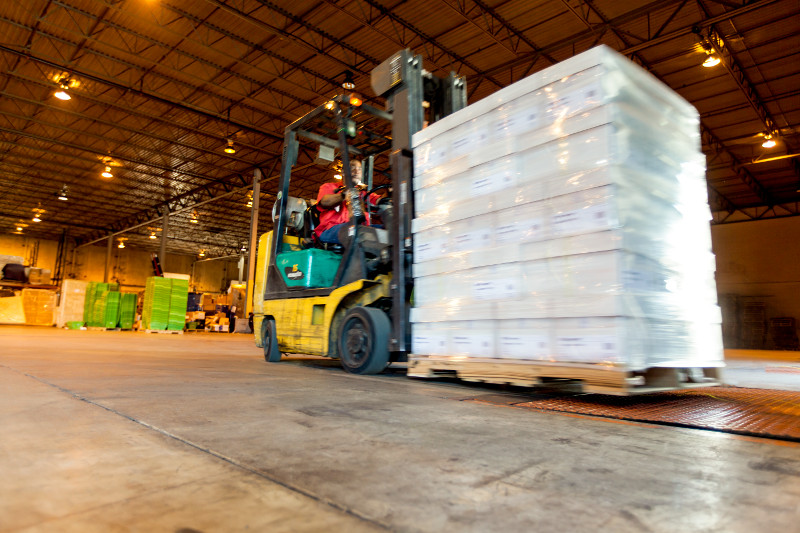Analog LTR (Logic Trunked Radio) Trunking systems have long been a trusted solution for organizations that require robust, reliable, and scalable two-way radio communication. Whether you’re managing a fleet of vehicles, coordinating field teams, or running a manufacturing operation, LTR trunking offers a seamless communication backbone.
What is Analog LTR Trunking?
Analog LTR Trunking is a type of two-way radio system that allows multiple radio users to share a set of frequencies efficiently. Unlike conventional systems where each group has its dedicated channel, LTR trunking dynamically assigns channels to users as needed, maximizing spectrum utilization.
Key features include:
- Dynamic Channel Assignment: Radios automatically select available channels, reducing wait times.
- Group Communication: Supports multiple talk groups without interference.
- Scalability: Ideal for growing organizations with expanding communication needs.
- Reliability: Operates effectively in areas with challenging terrain or high radio traffic.
Benefits for Businesses
1. Enhanced Communication Efficiency
LTR trunking minimizes channel congestion by dynamically allocating frequencies. This ensures that team members can communicate without delays, which is especially valuable for industries like logistics, construction, and public safety.
2. Cost-Effective Spectrum Usage
By sharing a pool of channels among multiple users, LTR systems reduce the need for additional frequencies, which can lower operational costs while maintaining robust communication capabilities.
3. Improved Coverage and Reliability
Analog LTR systems provide reliable voice communication even in environments where cellular networks may be limited or congested. This makes them ideal for remote job sites, warehouses, and industrial complexes.
4. Easy Integration with Existing Infrastructure
Many businesses can integrate LTR trunking with existing analog radios, minimizing the need for expensive upgrades while improving system efficiency.
Industry Insights and Trends
- According to recent industry reports, the two-way radio market is expected to grow at a CAGR of 5.2% over the next five years, driven by demand from transportation, construction, and emergency services sectors.
- Although digital systems are gaining popularity, analog LTR trunking remains a reliable choice for organizations seeking proven, cost-effective communication solutions.
- Businesses are increasingly adopting hybrid systems, combining analog LTR with digital technologies for added flexibility and future-proofing communication networks.
Key Considerations for Deployment
When implementing an LTR trunking system, consider the following:
- Coverage Requirements: Conduct a site survey to determine the optimal number of repeaters and base stations.
- Number of Users: Assess the number of radios and talk groups to ensure sufficient channel capacity.
- Maintenance and Support: Work with experienced radio service providers to ensure system reliability and quick troubleshooting.
Final Thoughts
Analog LTR trunking continues to be a trusted communication solution for businesses that value reliability, efficiency, and cost-effectiveness. By optimizing channel usage and supporting seamless group communication, it ensures your teams stay connected, coordinated, and productive—no matter the environment.






Comments